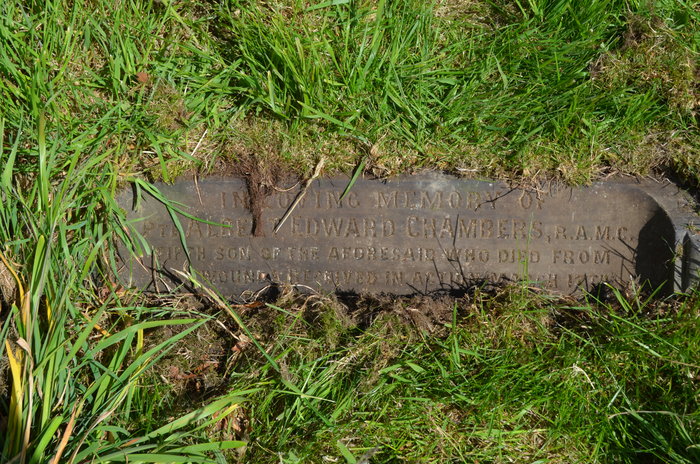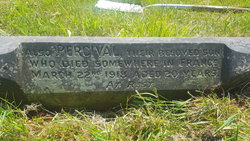 |
| Raley brothers remembered on their parents' tombstone |
War Memorials Archive listing
War Memorials Online listing
Lives of the First World War - William Henry George Raley
Walter Hugh Raley
Photograph by Pete Schofield
Grave Location and Inscription:
??
Sacred to the Memory of / Elizabeth Emsley Raley / Beloved wife of William Emsley Raley / Born 19th January 1861, died 6th March 1908 / Ald. Lieut. Col. William Emsley Raley O.B.E. M.A. J.P. / Born 4th May 1859, died 5th May 1938 / Also sacred to the memory of Walter Hugh Raley 2nd Lieut. 5th York and Lancaster Regiment / Youngest son of the above / Born 18th November 1893 Killed in Action at Fleureaix 14th May 1915 / Also of William Henry George Raley Captain 3rd Alexandra Princess of Wales Own (Yorkshire Regiment) / Eldest son of the above / Born 3rd May 1885, Killed in Action at Givenchy 15th June 1915.
W H G Raley and W H Raley are also remembered on the
Barnsley, Pitt Street Wesleyan, Roll of Honour and on the Worsborough Combined Memorial, St Thomas And St James Church and on the Barnsley, St Peter's Church, Doncaster Road and on the St John's Church, Barnsley - Oak Memorial Tablet
William H G Raley is remembered on the Le Touret Memorial in France and commemorated on the Commonwealth War Graves Commission website.
Walter H Raley is buried in Y Farm Military Cemetery in France and commemorated on the Commonwealth War Graves Commission website.
BWMP #WSB07/1



















